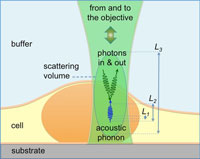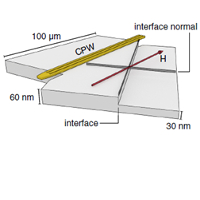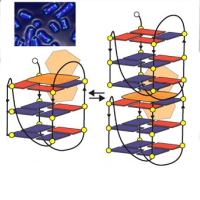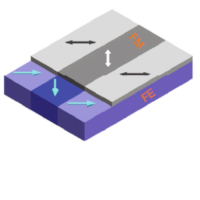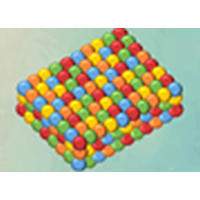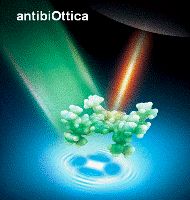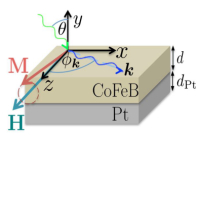Experimental versus ab initio x-ray absorption of iron-doped zirconia: Trends in O K-edge spectra as a function of iron doping
| Title | Experimental versus ab initio x-ray absorption of iron-doped zirconia: Trends in O K-edge spectra as a function of iron doping |
| Publication Type | Journal Article |
| Year of Publication | 2014 |
| Authors | Douma, DH, Ciprian, R, Lamperti, A, Lupo, P, Cianci, E, Sangalli, D, Casoli, F, Nasi, L, Albertini, F, Torelli, P, Debernardi, A |
| Journal | Physical review. B, Condensed matter and materials physics |
| Volume | 90 |
| Pagination | 205201-1–205201-7 |
| ISSN | 1098-0121 |
| Abstract | We present an experimental study of X-ray Absorption Near Edge Structure (XANES) at L 2,3 , M 2,3 and K edges of respectively Fe, Zr and O in iron doped zirconia (ZrO 2 :Fe) for di?erent Fe dopant concentrations x (? 6 ÷ 25% at.) and make the comparison with ab initio simulations at the O K-edge. The X-ray Magnetic Circular Dichroism (XMCD) measurements show no evidence of ferromagnetic (FM) order for all the analyzed samples in agreement with our ab initio simulations which show an antiferromagnetic (AFM) order. We found that substituting Zr with Fe atoms leads to a radical change in the O K-edge XANES spectrum, especially in the pre-edge region where a pre-edge peak appears. This pre-edge peak is ascribed to dipole transitions from O 1s to O 2p states that are hybridized with the unoccupied Fe 3d states. Both theoretical and experimental results reveal that the intensity of the pre-edge peak increases with Fe concentration, suggesting the increase of unoccupied Fe 3d states. The increase of Fe concentration increases oxygen vacancies as required for charge neutrality and consequently improves AFM ordering. According to our first principles calculations, the e?ect of one Fe atom is mostly localized in the first oxygen shell and vanishes as one moves far from it. Thus, the increase of the O K pre-edge peak with increasing Fe concentration is due to the increase of percentage of oxygen atoms that are near neighbours to Fe atoms. |
| DOI | 10.1103/PhysRevB.90.205201 |

